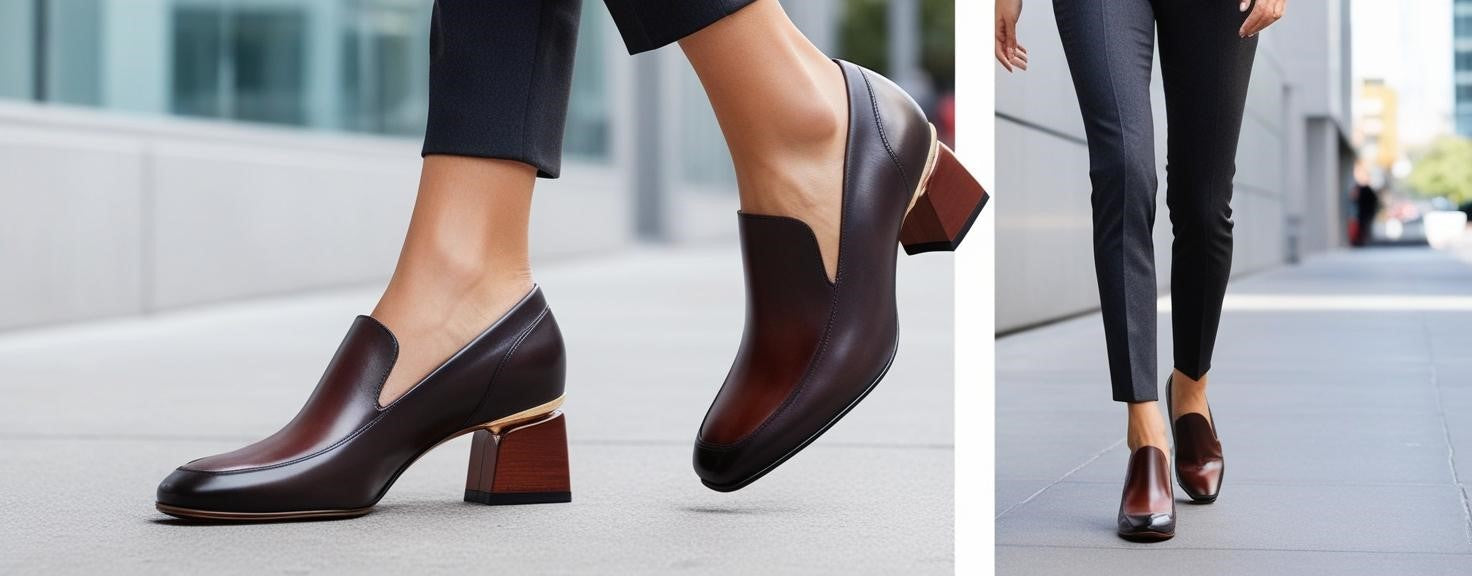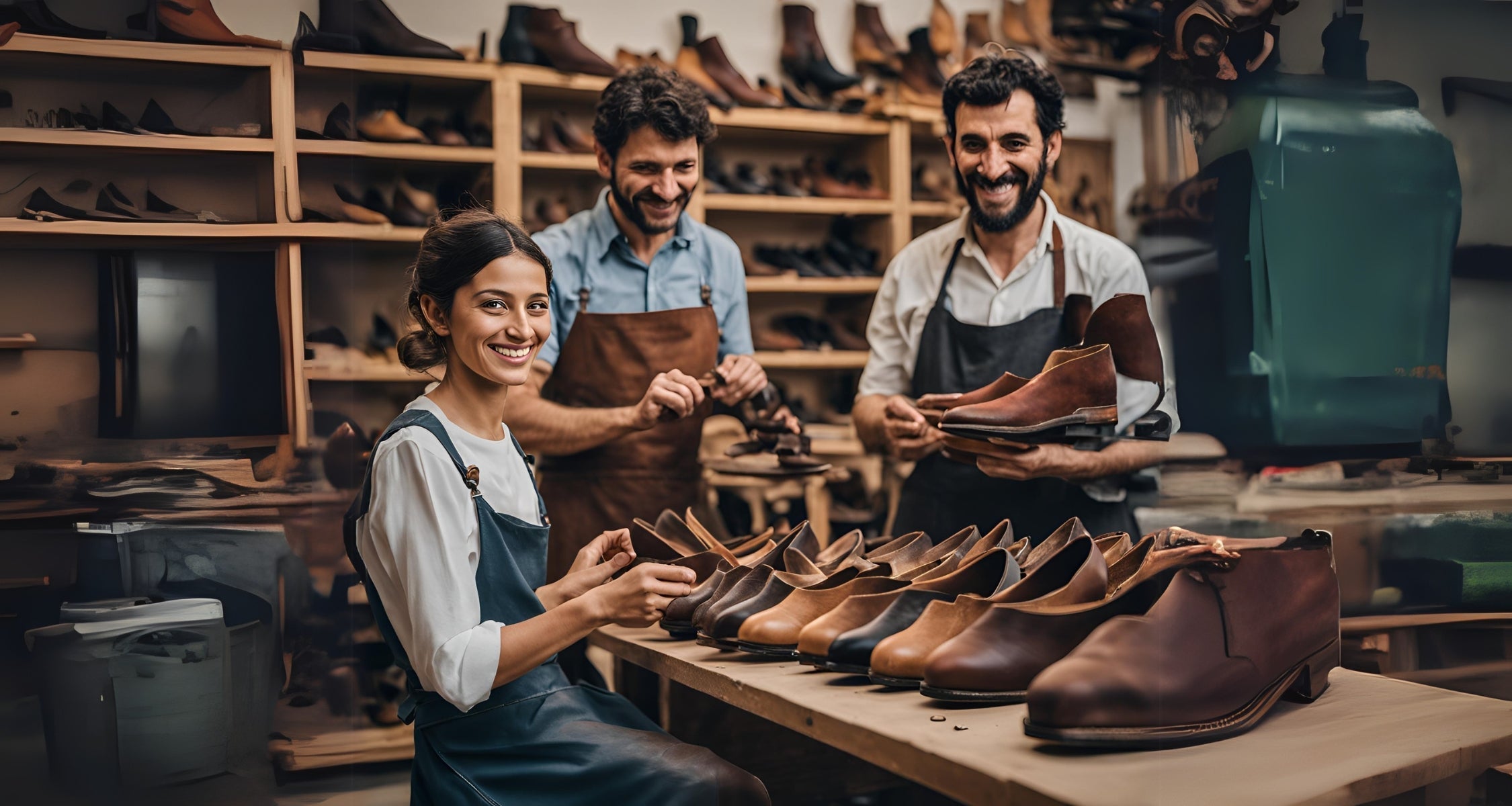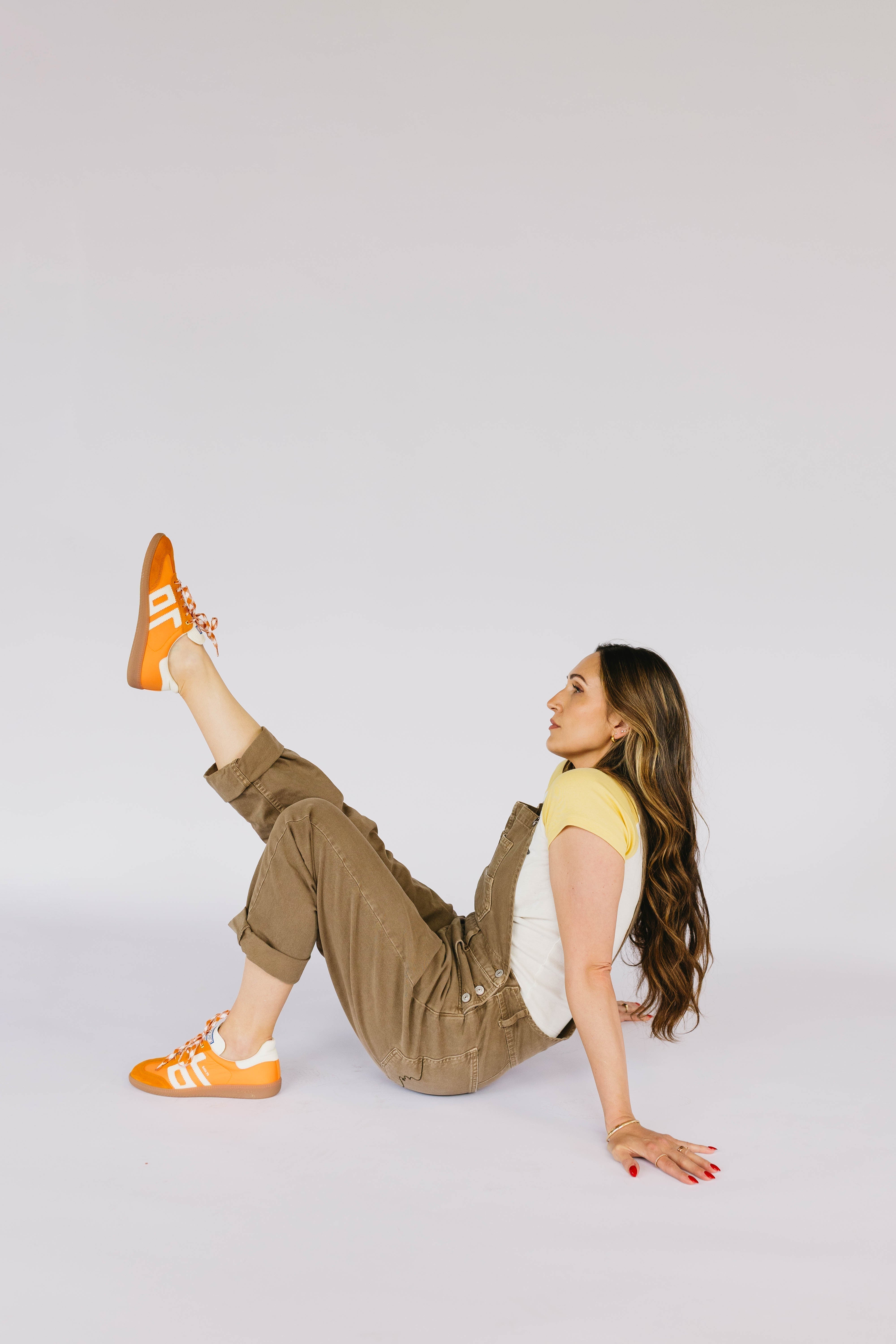
What Actually Makes a Shoe Comfortable?
The Science of Comfort: What Makes a Shoe Truly Comfortable?
Ever slipped on a pair of shoes that felt like they were made just for your feet? That magical feeling of instant comfort isn’t just luck—it’s the result of thoughtful design, innovative materials, and meticulous craftsmanship. Whether you’re walking city streets, running errands, or standing for long hours, the right shoe can make all the difference. But what exactly makes a shoe comfortable? Let’s break down the key design features and material choices that elevate footwear from merely wearable to absolutely cloud-like.

1. The Foundation: Cushioning That Adapts to You
Comfort starts from, well, the middle. The midsole—often referred to as the heart of a shoe’s comfort—plays a crucial role in providing support and shock absorption. Here are some of the best cushioning technologies used in comfortable footwear:
- Memory Foam: This material contours to your foot, providing personalized comfort and reducing pressure points.
- EVA (Ethylene Vinyl Acetate): Lightweight and highly shock-absorbent, EVA midsoles are commonly found in sneakers and casual shoes.
- Gel Inserts: Found in many running shoes, gel technology disperses impact forces, making each step softer and more forgiving.
- Air Cushioning: Some brands incorporate air pockets in the soles for extra bounce and energy return, reducing foot fatigue.

2. Arch Support: The Secret to All-Day Wearability
Your feet have natural arches that need proper support to maintain alignment and reduce strain. A well-designed insole with built-in arch support helps prevent common foot problems like plantar fasciitis and flat feet discomfort. Look for:
- Contoured Footbeds: These follow the natural shape of your foot for superior support.
- Orthotic-Friendly Designs: Shoes with removable insoles allow you to insert custom orthotics for a perfect fit.
- Dual-Density Midsoles: These provide targeted support, offering firmer support where needed and softer cushioning elsewhere.

3. The Upper: Breathability and Flexibility Matter
The material used in a shoe’s upper can make or break its comfort. A great shoe needs to breathe, move with your foot, and provide a snug but non-restrictive fit. Some top choices include:
- Knit Uppers: Soft, stretchable, and highly breathable, knit fabrics mold to your foot shape and reduce pressure points.
- Genuine Leather: Known for its durability and ability to conform to the foot over time, leather offers both luxury and comfort.
- Mesh Panels: Common in athletic and casual shoes, mesh enhances airflow, keeping feet cool and dry.
- Suede & Nubuck: These soft materials provide a plush feel and adapt to your foot’s shape for a customized fit.

4. The Outsole: Traction and Flexibility for Natural Movement
A comfortable shoe needs a well-designed outsole that provides stability without stiffness. Some key outsole features that enhance comfort include:
- Rubber Soles: Known for durability and slip resistance, rubber outsoles add a layer of shock absorption.
- Grooved or Segmented Soles: These enhance flexibility, allowing the shoe to move naturally with your foot.
- Lightweight Composite Materials: Advanced outsoles made from lightweight foam-rubber blends reduce overall shoe weight, minimizing fatigue.

5. Fit & Adjustability: The Key to a Perfect Feel
No matter how well-designed a shoe is, it won’t be comfortable if it doesn’t fit properly. Look for features that enhance adjustability and personalization:
- Lace or Velcro Adjustments: These allow for a customized fit, ensuring the shoe hugs your foot without being too tight.
- Elastic Panels or Stretch Inserts: Perfect for slip-on shoes, these features ensure flexibility while keeping the shoe secure.
- Wide Toe Boxes: Shoes with roomy toe areas prevent pinching and give toes the freedom to move naturally.

6. Temperature & Moisture Control: Keeping Feet Fresh
A great shoe should keep your feet at the perfect temperature, preventing sweat and discomfort. Some materials that help with moisture and temperature regulation include:
- Moisture-Wicking Linings: These draw sweat away from the skin, keeping feet dry and odor-free.
- Antimicrobial Treatments: Many high-quality insoles have built-in antimicrobial properties to prevent bacteria buildup.
- Perforated Designs: Small ventilation holes in the upper allow for enhanced airflow, reducing heat buildup.

Final Thoughts: Comfort is in the Details
A truly comfortable shoe is more than just soft padding—it’s a carefully engineered combination of support, flexibility, breathability, and the right materials. Whether you’re looking for everyday sneakers, stylish heels with all-day wearability, or the perfect pair of travel-friendly flats, paying attention to these design elements will help you find footwear that feels as good as it looks.

Next time you slip into a pair of shoes that feel like a dream, take a moment to appreciate the craftsmanship behind that comfort. Because when fashion meets function, your feet—and your entire body—will thank you.


